

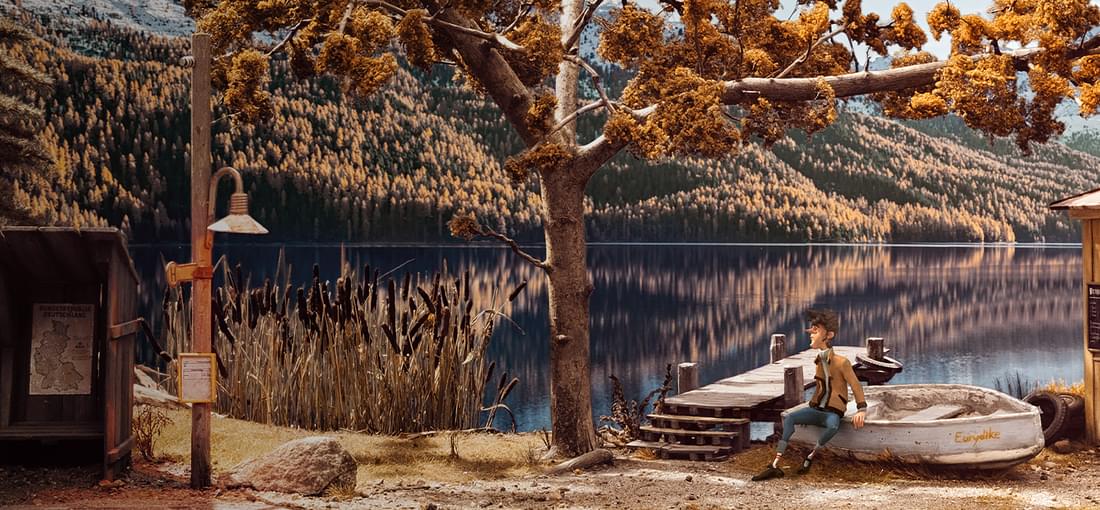
Can't really recommend this. The graphics look worse than expected as there's a strong contrast between blurry textures and sharp object edges. A lot of objects seem to be only 2D. When moving around, it looks more like a pop-up book with 2D cutouts than 3D objects created through photogrammetry. Besides, most of the characters look grotesquely ugly. The dubbing voices are a major letdown. I tried the German dubbing, but the main character's voice was unbearable. So I had to live with most characters trying to speak English with more or less strong German accent. Anyway, I didn't like most of the voice acting. What somewhat upset me was the bizarre representation of a small German village. I understand that it's supposed to be cliché, but it's just a collection of utter nonsense which shows the creators' total lack of knowledge about the language, geography and history of their own(!) country. Even the name "Trüberbrook" doesn't make any sense ("brook" only exists in northern dialects for a swamp forest while the depicted mountains have to be in Bavaria) and even the German characters falsely pronounce it like the English "brook". Also words like "Wurstebrei" are nonsense and sound like from a bad Monty Python sketch. The games takes place in 1967, but some characters like the strong man or the baron with the spiked helmet look like from the very early 20th century - yet there are satellite dishes. The game itself is a conventional point'n'click adventure with a small number of locations, no major animations and somewhat reasonable puzzles. Pressing space usually shows objects of interest which is necessary since some are close to invisible. However, sometimes it doesn't show all objects. The inventory is only displayed when pressing "I", but you can't do anything there. Combining objects happens automatically. There aren't any interesting puzzles, lots of logical mistakes and the story is somewhat dumb. Some doors need to be "used". I needed around 6h to finish.
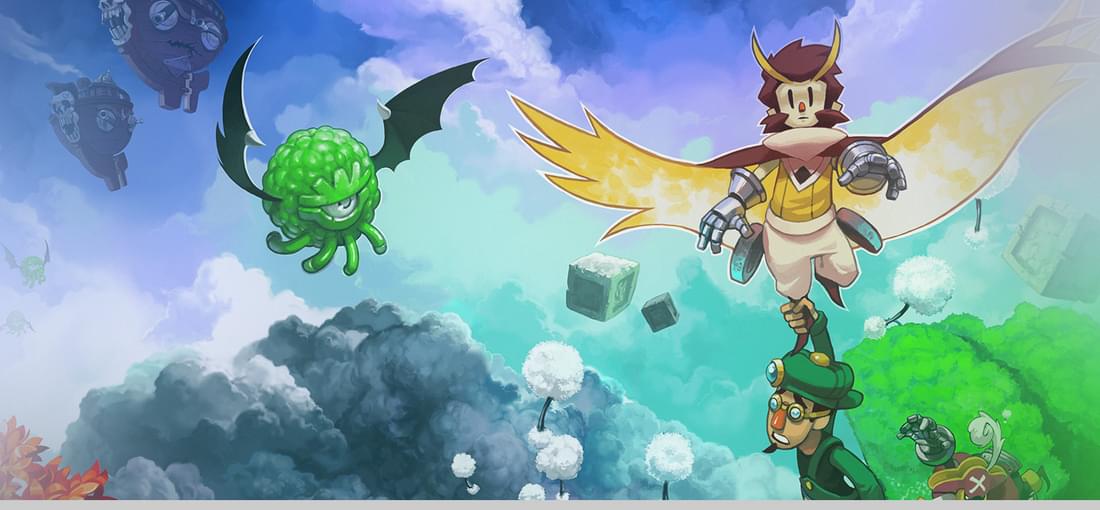
No doubt that Owlboy is a good game. The graphics, story and world design are pretty good, there are some nice mechanics like lifting objects, spinning wheels etc. and it's not excessively difficult like other retro games. It's not perfect though and while I enjoyed it most of the time, I'll focus on the not so great aspects. First of all, moving and shooting is just not as smooth and fun as with other games like Cave Story or Momodora. Also, when carrying your sidekick, the team is just a bit too big for the screen size/layout. This is aggravated by the very annoying choice to not scroll smoothly all the time, but only when you reach the edge of a screen - at least at times. This causes you to bump into enemies and traps since the game doesn't you to allow to see ahead without any proper reason. There're also other smaller design flaws like enemies spawning almost directly into you (apes), using the same button/key for grabbing things and dropping down etc. The boss battles tend to be a bit of PITA since they rely on changing or dropping your sidekick all the time and this mechanism doesn't work too well at least with mouse (wheel) control. It's also annoying that you drop your sidekick when you're hit and tons of minor things like this. I also found the large dark areas pretty much annoying. Plus there's no way to fast travel or even a map that shows you where you are. Anyway, the peak of frustrating design is the "Boguin cannon" mini game with its terrible controls and inconsistent speed. I still managed to finish it somehow and get the spectre cloak but it really was a major pain in the rear. There are two positive things though that are specifically worth mentioning: you can steer also with the cursor keys (in parallel to ASDW) which is a big plus in some precision jumping towards the end and the terrible Boguin cannon thing. Also it's nice that there's a portal before the final boss fight that brings you back to the village for unfinished business.
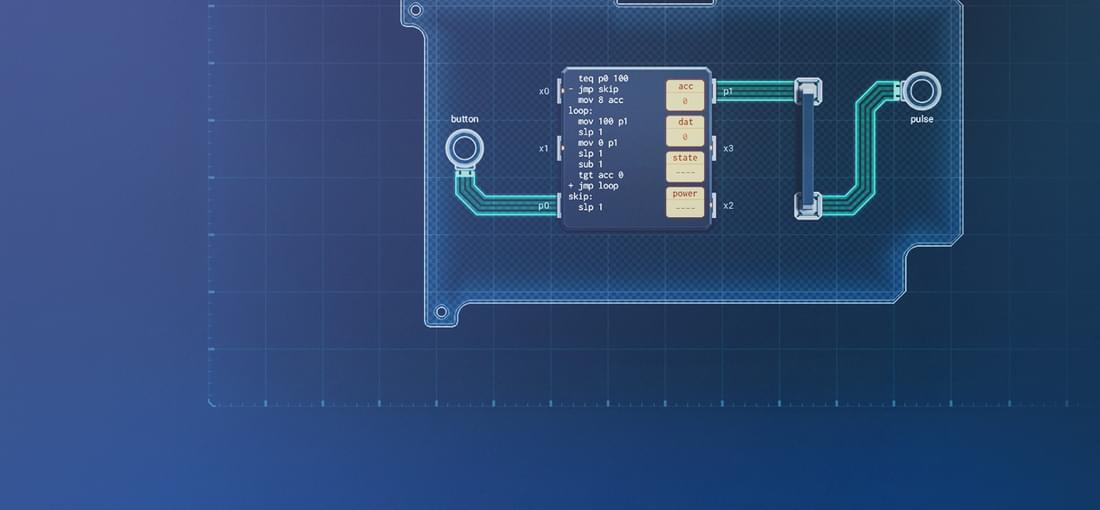
As low level embedded programmer, I thought I'd be target audience, but it actually felt more like work than fun. It's actually much more rewarding to actually do some embedded project than wasting time in this masochistic simulation. Be aware that only 2.4% of players finished the main missions and 0.6% finished the bonus campaign. I understand that the cryptic task descriptions, totally lacking instructions and crippling limitations are part of the challenge, but the bizarre non-binary fantasy CPUs etc. are hard to bear for programmers and puzzle players won't like the programming. Admittedly, some parts of this remind of performing a layout, creating an algorithm or writing code, but everything is so weird and twisted that it's neither really fun nor educating. Even counting opcodes for raster line effects on a C64 is more fun than messing around with 1 or 2 registers, 9 or 14 instructions per CPU, without a stack, without any binary operations (shift/and/or). Normal IO ports can range from 0..100, "xbus" ports from -999 to 999 which results in weird things like a high level is "100" or moving "101" to a multiplexer creates 100,0,100. The "xbus" construct is not really a bus and a major PITA with its totally inconsistent "blocking" design. Due to these silly restrictions, you need to split everything on multiple CPUs causing all kind of blocking or timing issues that you'd never have even on the lowest end CPU from 1982. This forces you to create ugly hacks which teach you the opposite of proper design. My main gripe is that with the more complex puzzles, it's somewhat impossible to create a working design at first trial. Your initial design won't work due to some missing opcode, impossible connections or bus issues. Plus you need to reverse engineer the expected signals but you can't really examine them without a running system. The resulting multiple design cycles are exhaustive and frustrating. The best thing I can say is that the solitaire is pretty nice.
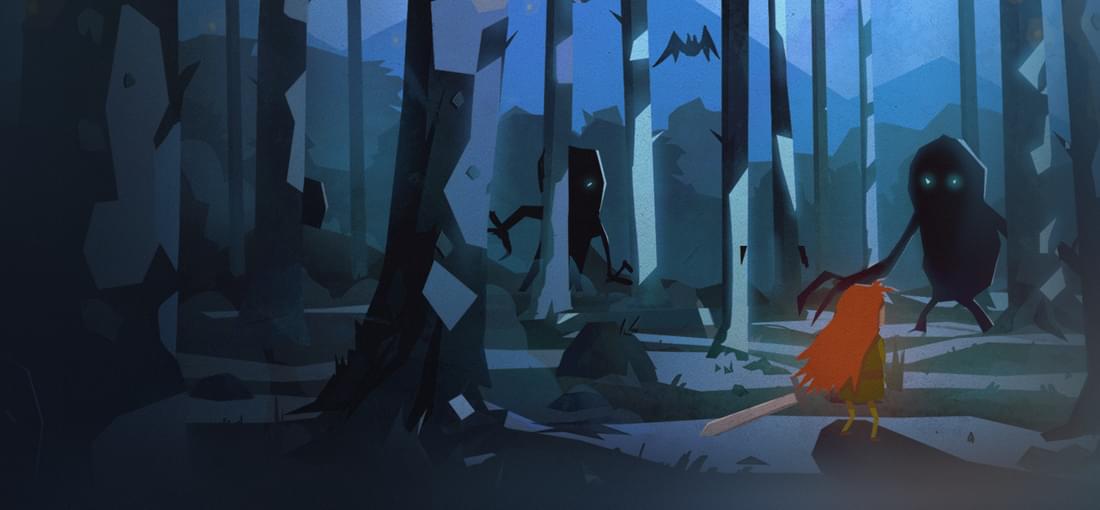
In the 1st 20 minutes or so this looks like a very neat little game with somewhat unique controls, a charming story and visual style. Later in the game, this positive first impression is somewhat destroyed by loveless and crude level design, control issues and tons of glitches and bugs. Also there isn't much of a story in the end. You can only define 1 of the several keys needed, also I felt like hundreds of time my button presses were just ignored in the most inconvenient moments. Getting up some slopes was a total disaster due to control issues. Also the spider rope only hits enemies now and then when you need it most. Some of the forms acquired later are either pointless (bird), only usable at very specific locations or so buggy (mole) that you better not use them unless you need them to proceed. Honestly I think that I glitched through parts of the game, e.g. you can shoot through levels as ghost or dig your own path as mole. But this also caused the wildest glitches. Also the game crashed several times on me and I had to kill some bosses multiple times as the game glitched back to the savepoint. There are savepoints but no real save game handling and no fast travel. Save point placement is usually OK, but there are some very nasty screens where you will die a dozen times without a savepoint close. Most of the boss fights are not very difficult but rather chaotic and typically you can win them by hitting as fast as possible with either the fairy or spider form. The last boss fight was a bit of a PITA since there's no progress/life bar. Dunno if this is a bug or a feature. Made me wonder if I need a special strategy, but in the end I didn't. You get maps now and then but they aren't very helpful and sometimes the game won't let you leave a room without any obvious hint why. Anyway, I put around 8h in it where I spent at least 1h cursing the developers for this loveless buggy mess. Only around 2% of players made it to the end which should concern you.
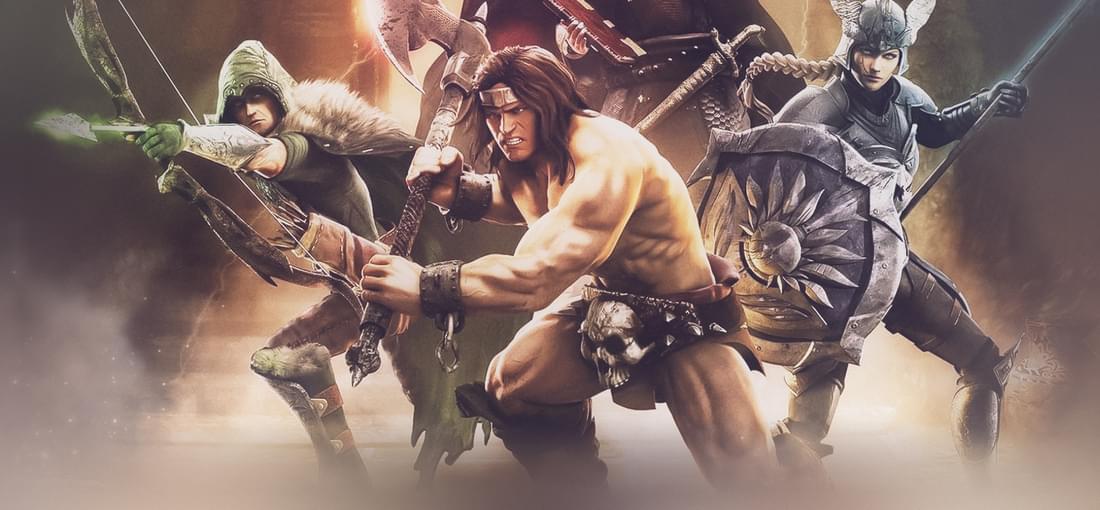
At first look I was pleasantly surprised by this reincarnation of Gauntlet. It looks nice, plays smooth, has a good sense of humor and several elements of the original game are still there. There is an endless dungeon mode and a campaign. The latter consists of 31 levels where some of them are side quests in a way and three are boss levels. Some levels are large, some are more like challenge rooms. There are different themes like cave or dungeon, all of them look nice. You'll be locked now and then in rooms with generators or mini bosses and can only leave if you killed all monsters. There are a few levels with keys and a very few with switches but nothing mind boggling. Some walls can be destroyed with explosives, usually to find gold and potions. There's a story and a few short cutscenes, but all of it quite forgettable. With the gold collected you can enhance your equipment (main weapon, talisman, relic and clothing). Weapon, relic and talisman decide your special attacks, clothing is just visual. Which brings me to my main gripe: you can buy some equipment, but it's expensive and somewhat pointless as there is no character progression. I started with the warrior class but got stuck at the first boss. I played the same levels again and again to buy some new equipment but it didn't change anything. I continued with the Elf, grinded to buy the most expensive bow but found that it's much worse than the default. Got to the final boss eventually but got stuck again and was only able to beat it on "easy". So the grinding is somewhat pointless and the game becomes ultimately frustrating since the equipment you can buy is mainly different, but not really better. However, let's be honest: while I was somewhat fascinated by the original Gauntlet and it probably was a (multiplayer) milestone in its time, it was also somewhat dull and unfair. So yeah, its reincarnation is fun for some hours, but it's not more than that due to balancing problems and pointless grinding.
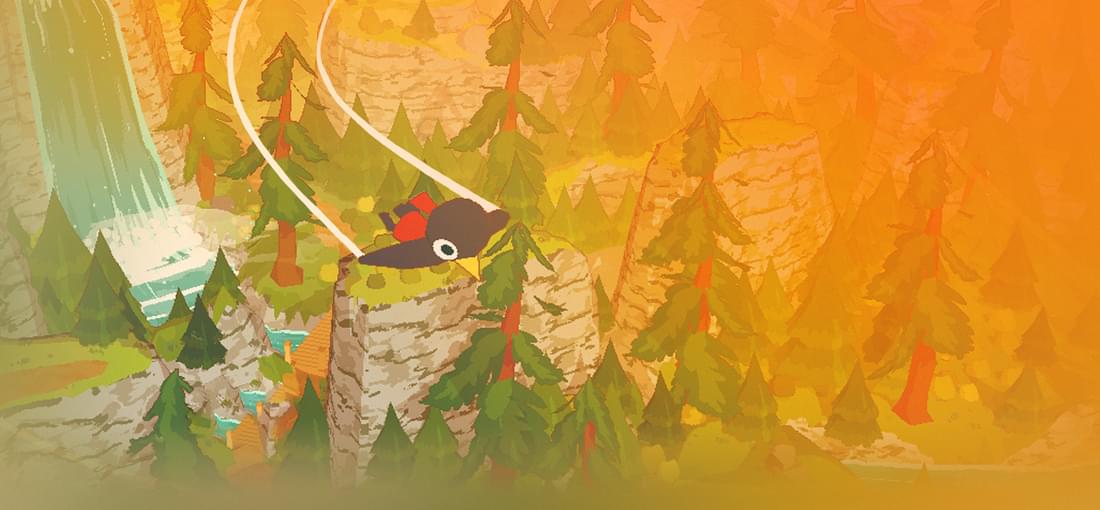
A Short Hike was about exactly what I imagined: a short and very pleasant trip to the top of a mountain. The pixelated graphics are great (but there is an option to reduce this effect partially or completely), there are some folks to talk to, some side quests to do and some items to collect. Also the controls are done perfectly well, so it's a joy to run and climb and fly around on the little island(s). It's just that it was so much fun that I was a bit disappointed when it was over so quickly and even with all the backtracking and running around to be sure that I found all golden and silver feathers and did everything there was to do, it took me only about 3.5h to get there. Just reaching the peak would have been easily possible in half that time. And well, while there is some dialog when you reached your goal, there is no real ending, so it feels a bit unfinished. I would really like to see a full fledged game with at least 8h (better 20h) while upholding the same friendly and relaxing mood and game mechanisms. I'll be happy to rate this with 5 stars then, but even though I really liked it, I feel that only four stars are justified for the named reasons.
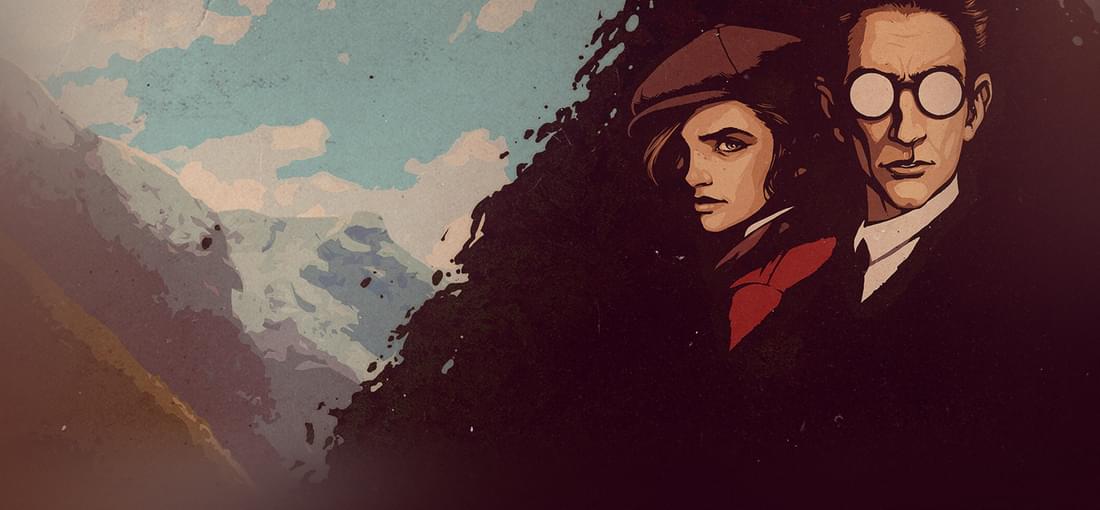
Draugen starts very slowly and for the first hour it feels like you're still in the intro since you're strictly forced to follow a certain path. Given I finished the whole game in 3h, that means about a third of the game is some kind of introduction. While the general visual impression is quite good, neither the polygon detail nor texture quality is top notch. Same is true for things like water shaders or world design. Actually, the "world" is just a very (!) small area around a Norwegian fjord. Indeed, this includes only a few houses and some paths in-between. You can't really roam around freely and there are very few objects to interact with. There are couple of game-like elements like collecting some missing pages or using a key on a lock but there are only very few of these interactions. Everything else just triggers some monolog/dialog. So it's a walking simulator - no doubt about that. The best part of the game is your companion Alice of course even though it's somewhat clear from the first second that something's wrong there. There's quite a lot of dialog and Alice is animated, but she is not really following you or interacting with the environment. She just appears at certain trigger points, does some animation loops and her main purpose is talking to you. Still, this is more than most other walking simulators can offer and certainly a plus. Now, while the story starts somewhat interesting about the protagonist Edward searching his sister Elizabeth in a Norwegian village just to find all inhabitants missing and a sinister story about an ancient curse unfolding, all of this ends somewhat prosaic and disappointing. There is a twist at the end which is pretty much predictable but with a bizarre detail ("the entity") that I found totally silly and uncalled-for. So while it's certainly not a bad game and a lot of love went into the character design etc., the disappointing end and short playtime make it hard to justify more than three stars.
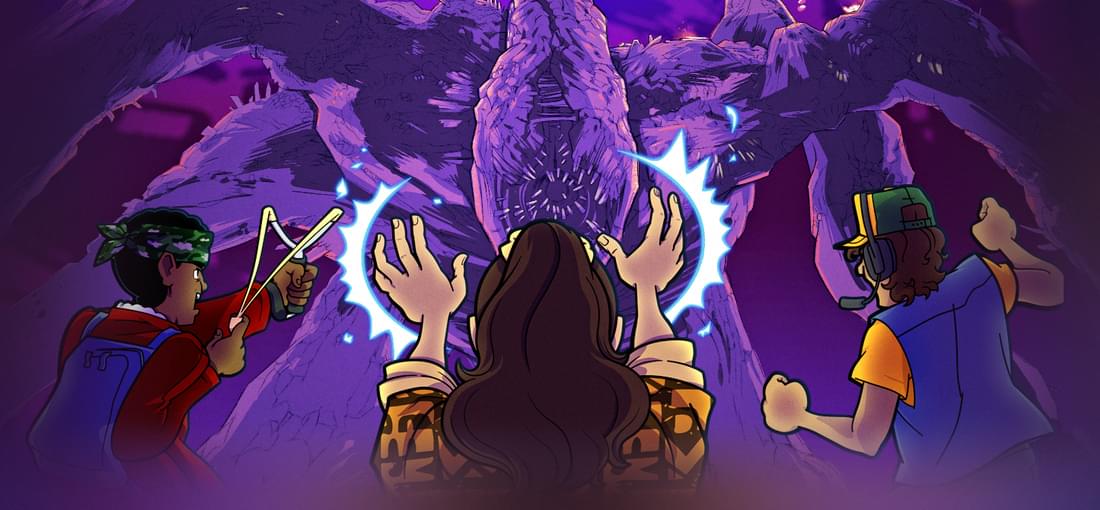
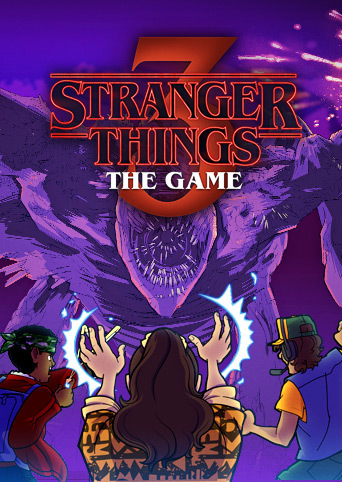
ST3TG follows the 3rd season's plot, lets you play the 12 main characters and revisit key locations from the show. The game is an isometric action adventure with lots of fighting and some puzzles. You can craft "trinkets" to enhance attributes of characters or groups. Some crafting materials can be bought but others are only randomly dropped - which can be major PITA. To get money you have to smash crates etc. which becomes silly and annoying at some point. The graphics are retro in a very nice cartoonish way. You control one character and are followed by a computer controlled sidekick. You can switch between both (needed for some puzzles) and exchange either with any of the playable characters. This selection increases during the game and some characters are needed to access certain areas. E.g. using a keypad automatically switches to Dustin but you've to manually switch back. At certain events, the game will exchange both characters which can be annoying especially before boss fights as it invalidates your trinket selection etc. My main gripe with this game is that the mouse/keyboard control is somewhat terrible. Pressing Space to block an attack usually happens a second later, mouse and keyboard actions delay or even cancel each other. When you press "D" to change character, you stop moving. When clicking an object or location frequently nothing happens. The wayfinding is ridiculously bad resulting in your character running around in circles. All of this makes boss battles and some time critical puzzles unnecessarily hard. Obviously this game was developed for a controller and then lazily ported to mouse/keyboard by someone who just didn't care. Another problem is that the game engine won't remove or fade out walls/object that obscure your sight. This makes it sometimes hard to collect items, attack enemies or simply see where you are. There are some bugs, some weird design choices and lots of grinding but all in all I enjoyed its ~20h despite the flaws.
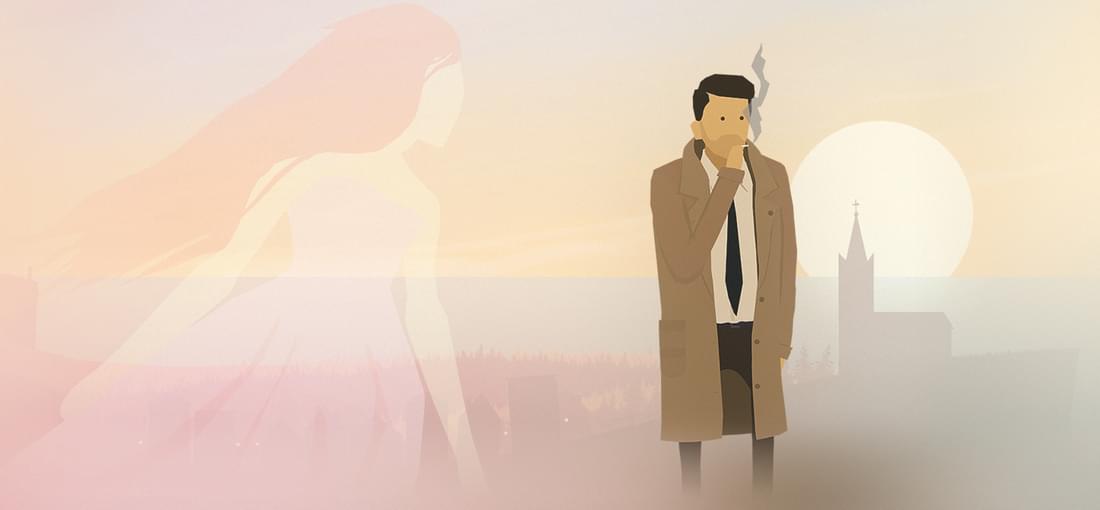
Rainswept was about was I expected: an artsy experience with mild adventure elements, lasting for a few hours. The in-game music was surprisingly good and partly compensated the total lack of voice acting and partial lack of sound effects (only very few and very basic ones). The controls were unexpectedly ragged though. Not everything can be done with the mouse and the keyboard controls are erratic and badly implemented. Like you can't close the task window by pressing "N" again (just flickers off/on). Or the "Z/X" keys to flip pages in the journal are mapped by system locale settings (what kind of game would even to that???), so on a QWERTZ keyboard, the two keys are way apart. All of that just shows a shocking lack of professionalism or "don't care" attitude. Besides, while I kinda liked the polygonal graphics style, the low resolution textures used here and there somewhat ruined that look at times. Also, the comical walking/running animation didn't fit the sober mood. Finally, this story of guilt and loss was told so many times now that it's not really making the game stand out on its own. Still, I was entertained pretty well for a couple of hours, the dialogues were mostly well written, the ending was agreeable and I got it on sale, so I give it three stars.
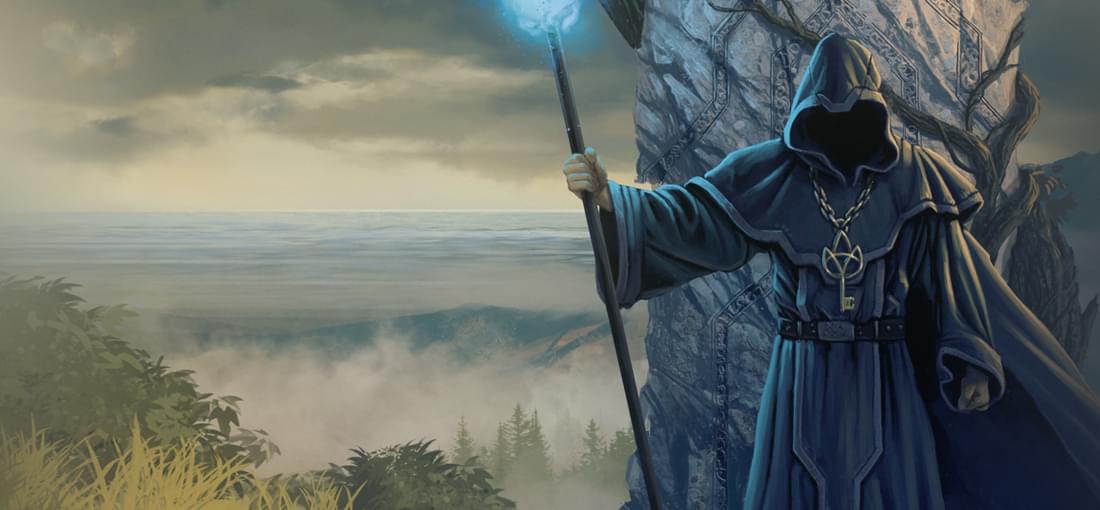
Part 2 finally has a surface world. It's not really open but consists of 12 smallish (30x30, some multi-floor) areas with transitions. Even though the graphics didn't really improve much technically, exploring the surface in bright sunlight just looks better. There is a day/night cycle, but you can rest anywhere to avoid the night. There is a cheap light spell, so you actually don't need torches (apart from puzzles). The starving mechanism is still there. Though enemies and fish respawn slowly, there's still a risk of getting stuck without food. The inventory is small, food isn't stacked and has a weight. There still isn't a way to sell/buy things, so you have to drop weapons/armor all the time. There are no quests apart from collecting 4 essences to face the boss but I still missed a journal. If you collect a note or receive a hint, you need to mark it manually on the map to keep track. I didn't like the trial&error design of most puzzles plus there are a few bugs (clicking switches, archive instructions). Hints are very vague, quest items are not marked, can be dropped and have to be used explicitly at certain locations. Besides, there are dozens of hidden buttons or time based puzzles. So admittedly I got stuck at more than one location (archives, pyramid entrance, several secret areas) and had to look in a walk-through to continue. Good: Proper save system (even works in boss battles), an automap with manual markers and 100% object persistence. Bad: Tools like rope and mortar can't be used from the inventory. There is no auto-healing or key for using potions. The magic gestures are problematic to use during fights. Boss fight are arena-style, typically with smaller enemies appearing to block you. The dragon boss fight is very hard due to multiple respawn waves and the final hidden boss fight is somewhat insane due to endless clones. I put 42h in it (more in real time) for all secrets etc. and reached Level 15 - even then I could only kill a turtle with one hit.